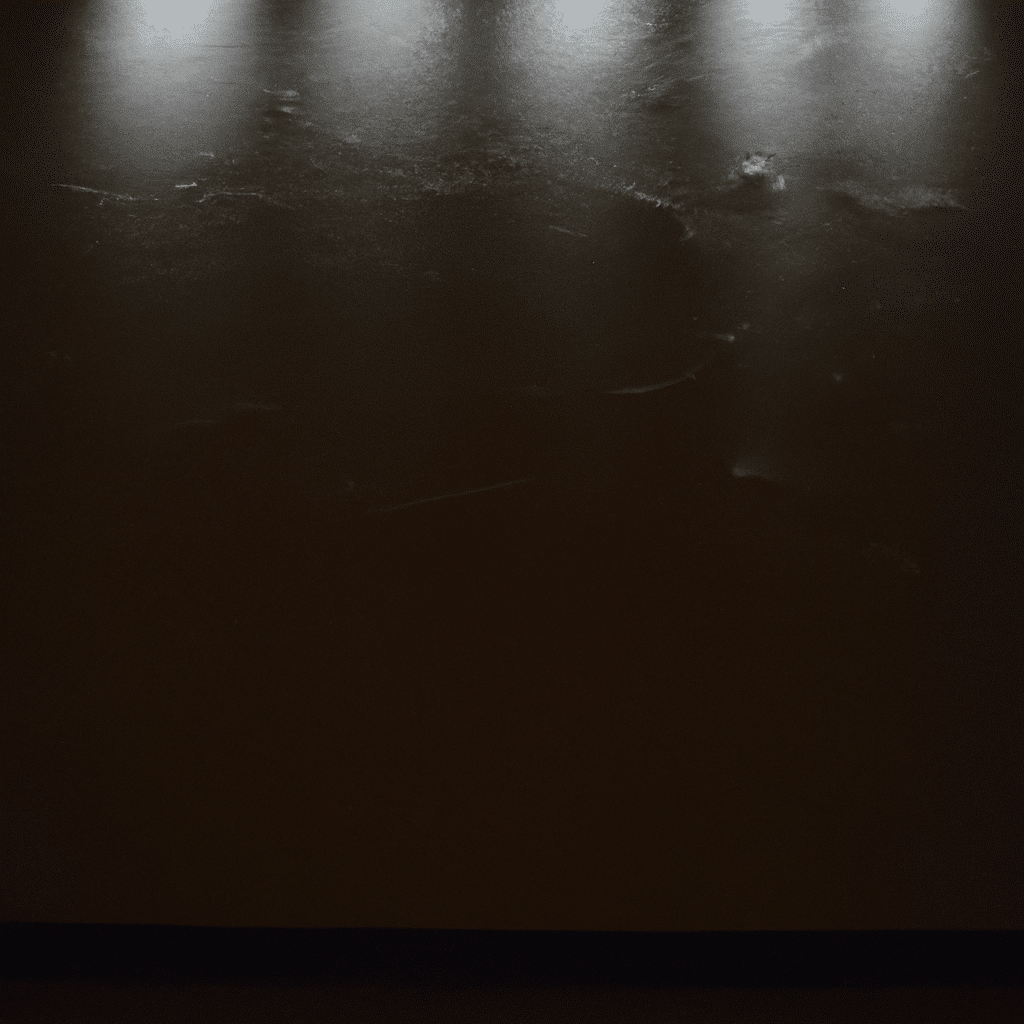In today’s digital age, many of us spend a significant amount of time staring at screens, whether it’s for work or leisure. This prolonged exposure to screens can often lead to eye strain and discomfort. Thankfully, proper lighting can play a crucial role in alleviating eye strain and even improving vision. In this article, we will explore the importance of proper lighting and provide valuable insights on how to optimize your lighting environment for optimal eye health.
Understanding the Impact of Lighting on Eye Health
Lighting conditions have a direct impact on our eye health and overall well-being. Insufficient or excessive lighting can lead to various eye-related issues, including eye strain, dryness, blurred vision, and even headaches. The human eye functions optimally when exposed to the right balance of light intensity and color temperature.
The Role of Light Intensity
The intensity of light greatly influences our visual comfort and performance. Insufficient lighting can force our eyes to strain in order to perceive objects or read text, resulting in eye fatigue and discomfort. On the other hand, excessively bright lighting can cause glare, which can be equally detrimental to our eyes.
To optimize light intensity, it is essential to strike a balance between ambient lighting and task lighting. Ambient lighting provides overall illumination to a room, ensuring a comfortable and evenly lit environment. Task lighting, on the other hand, focuses on providing localized lighting for specific activities such as reading, writing, or working on a computer. By combining these two types of lighting, you can create an environment that minimizes eye strain while maximizing visual clarity.
The Importance of Color Temperature
Color temperature refers to the warmth or coolness of light. It is measured in Kelvin (K) and is often categorized as warm (lower Kelvin values) or cool (higher Kelvin values). The right color temperature can significantly impact our visual comfort and overall well-being.
For tasks that require focus and concentration, such as reading or working on a computer, it is recommended to use cooler light with a higher color temperature (5000K-6500K). Cooler light tends to mimic natural daylight, which helps keep our attention sharp and promotes alertness.
Conversely, warmer light with a lower color temperature (2700K-3000K) is ideal for creating a relaxing and cozy atmosphere. This type of lighting is suitable for activities like winding down before bed or engaging in leisurely activities that don’t require intense visual focus.
The Role of Glare Reduction
Glare is a common issue that can cause significant eye strain, particularly when using electronic devices or working in brightly lit environments. Glare occurs when light reflects off surfaces, such as screens, glossy papers, or even walls, and enters our eyes at uncomfortable angles.
To reduce glare and minimize eye strain, it is important to consider the reflective surfaces in your environment. Opt for matte or anti-glare screen protectors for electronic devices, position your computer or laptop away from direct light sources, and use curtains or blinds to control natural light during the day.
Optimizing Lighting for Different Activities
The lighting requirements vary depending on the activities we engage in. Here are some tips to optimize lighting for different tasks:
- Reading: Use a task lamp with a focused beam of light to illuminate the reading material directly. Position the light source slightly above and to the side of the reading material to minimize shadows.
- Working on a Computer: Position your computer screen in a way that reduces glare and reflections. Use a combination of ambient lighting and task lighting to create a balanced environment.
- Watching TV or Movies: Dim the lights in the room to reduce contrast between the screen and the surrounding area. Avoid placing light sources directly behind the screen to prevent glare.
- Engaging in Creative Activities: Opt for adjustable lighting solutions that allow you to customize the intensity and color temperature based on your specific needs.
Creating an Eye-Friendly Lighting Environment
Now that we understand the importance of proper lighting, let’s explore some general tips to create an eye-friendly lighting environment:
- Utilize Natural Light: Whenever possible, make use of natural light by positioning your workspace near a window. Natural light not only provides a refreshing ambiance but also helps regulate our circadian rhythm.
- Choose the Right Bulbs: Opt for LED bulbs with adjustable color temperature options. This will allow you to customize the lighting based on your specific needs and the task at hand.
- Avoid Harsh Overhead Lighting: Harsh overhead lighting can create shadows and cause visual discomfort. Instead, opt for diffused lighting solutions or use multiple light sources to distribute the light evenly.
- Reduce Blue Light Exposure: Blue light emitted by screens can disrupt our sleep patterns and cause eye strain. Consider using blue light filters on electronic devices or wearing blue light-blocking glasses.
Conclusion
Proper lighting plays a vital role in alleviating eye strain and improving overall vision. By understanding the impact of light intensity, color temperature, and glare reduction, we can create an eye-friendly lighting environment that promotes visual comfort and enhances our daily activities. Remember to optimize lighting based on specific tasks and activities, and make use of natural light whenever possible. By implementing these tips, you can take proactive steps towards maintaining healthy eyes and enjoying optimal visual experiences in the digital age.



